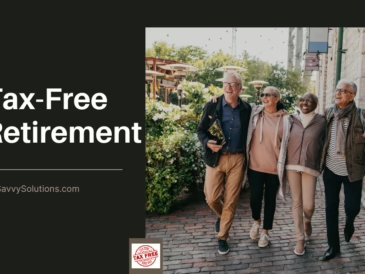Retirement might seem like a distant goal, but the secret to reaching it sooner than expected lies in a powerful financial concept: compound interest. Whether you’re just starting out or already saving, understanding how compound interest works could be the key to unlocking early retirement. Let’s dive into why compound interest is a game-changer for your retirement plan and how you can start taking advantage of it today.
What is Compound Interest?
Compound interest is the interest earned on both your initial principal and the accumulated interest from previous periods. Simply put, it’s earning interest on your interest. Over time, this effect multiplies your savings faster than simple interest, where you only earn on the initial principal.
For example, if you invest $10,000 at a 6% annual interest rate, after the first year, you’ll earn $600 in interest. In the second year, you’ll earn interest on the original $10,000 plus the $600 you earned in year one—this is where the magic of compounding begins. The longer your money compounds, the more you earn.
Why Compound Interest Matters for Retirement
When it comes to retirement, time is your best friend. The earlier you start, the longer your money has to compound, which can significantly impact the amount you’ll have when you retire. Even small, consistent contributions can grow exponentially over time thanks to compound interest.
Here’s an example to show how compound interest can fast-track your retirement savings:
- Starting Early: If you invest $5,000 a year starting at age 25 with an 8% return, by age 65, you could have nearly $1.3 million.
- Starting Late: If you wait until age 35 to start investing, you would have to contribute almost double the amount each year to reach the same goal.
That’s the beauty of compound interest: the earlier you start, the less you need to save to hit your retirement target.
Steps to Harness Compound Interest for Early Retirement
Here are some practical steps you can take to leverage compound interest and retire earlier:
- Start Now, Even with a Small Amount
The most important step is to start. It doesn’t matter if you can only save $100 a month right now—the key is getting the compounding process started. Over time, that small amount will grow significantly. - Invest in Accounts That Compound
Look for retirement accounts that offer compounding interest, such as 401(k)s, IRAs, and Roth IRAs. Many of these accounts also provide tax advantages, which can boost your savings even further. - Contribute Regularly
Make saving a habit. Set up automatic contributions to your retirement accounts so you don’t miss any opportunities to let your money compound. - Reinvest Your Earnings
If your investments pay dividends or interest, reinvest them to maximize the compounding effect. This means instead of cashing out the earnings, let them continue to grow. - Take Advantage of Employer Matching
If your employer offers a 401(k) match, contribute enough to get the full match. It’s essentially free money that will also benefit from compounding.
How Compound Interest Helps You Retire Early
By using compound interest, your money works for you even while you sleep. The compounding effect can make a significant difference in how much you need to contribute to your retirement accounts, allowing you to retire earlier without having to sacrifice your current lifestyle. With a solid understanding of how compound interest works and a plan to use it effectively, you can take control of your financial future.
The Bottom Line
Compound interest is one of the most powerful tools you can use to build your retirement nest egg faster. Whether you’re just getting started or looking to ramp up your savings, taking advantage of compound interest can help you retire years earlier than you thought possible. Start now, stay consistent, and watch your money grow. The earlier you begin, the bigger your reward.
If you want to dive deeper into retirement planning and learn more strategies to accelerate your financial freedom, be sure to check out the full series in our Financial Literacy Challenge.

